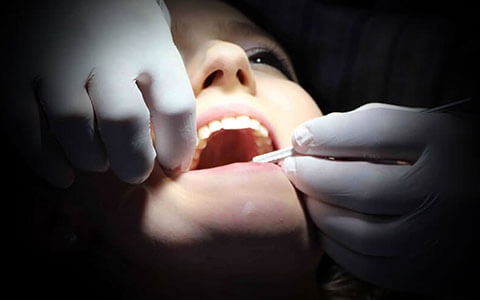Dental Terms
Gingiva Ville Saint-Laurent
The gingiva, commonly referred to as gums, plays a crucial role in your oral health. These tissues are situated within the oral cavity or mouth and cover the alveolar processes of both the maxilla and mandible, ultimately ending at the neck of each tooth. Understanding the gingiva, its histological composition, and potential pathological transformations is essential for maintaining good oral health.
Types of Gingiva
There are two primary types of gingiva:
- Free Gingiva: This is the portion of the gingiva that surrounds the neck of each tooth and is not directly attached to the tooth surface. It forms a collar-like band around the teeth.
- Attached Gingiva: Located adjacent to the free gingiva, this type of gingiva is firmly attached to the tooth's surface and the underlying bone. It provides stability and protection to the teeth and surrounding tissues.
Histological Composition
The gingiva is composed of various histological elements, including:
- Epithelium: The outermost layer of the gingiva, consisting of oral epithelium on the outer surface and sulcular epithelium lining the gingival sulcus.
- Lamina Propria: This layer lies beneath the epithelium and includes connective tissue, blood vessels, nerves, and collagen fibers. It provides structural support to the gingiva.
- Gingival Fibers: Collagen fibers within the lamina propria that attach the gingiva to the tooth and surrounding bone. These fibers contribute to the gingiva's strength and stability.
Pathological Transformations
Understanding the potential pathological transformations of the gingival tissues is essential for maintaining oral health. Some common conditions and issues related to the gingiva include:
- Gingivitis: Gingivitis is an inflammation of the gingiva, often caused by the accumulation of dental plaque. It can lead to redness, swelling, and bleeding of the gums. Proper oral hygiene can usually resolve gingivitis.
- Gingival Recession: This condition involves the gradual exposure of the tooth's root due to the loss of gum tissue. It can be caused by factors like aggressive brushing, periodontal disease, or genetics.
- Gingival Hyperplasia: Gingival hyperplasia is the overgrowth of gum tissue and can result from certain medications, medical conditions, or poor oral hygiene.
Contact Dr. Strobach Dental Clinic Today!
If you have concerns about the health of your gingiva or require any dental care related to your gums, don't hesitate to contact Dr. Strobach Dental Clinic at (514) 303-3132. Our skilled dental team is conveniently located at 235 Boul. de la Côte-Vertu, bureau 101 in Ville Saint-Laurent, QC, and we are dedicated to providing you with the highest level of care for your oral health needs. Call us today to schedule your appointment with Dr. Strobach.

